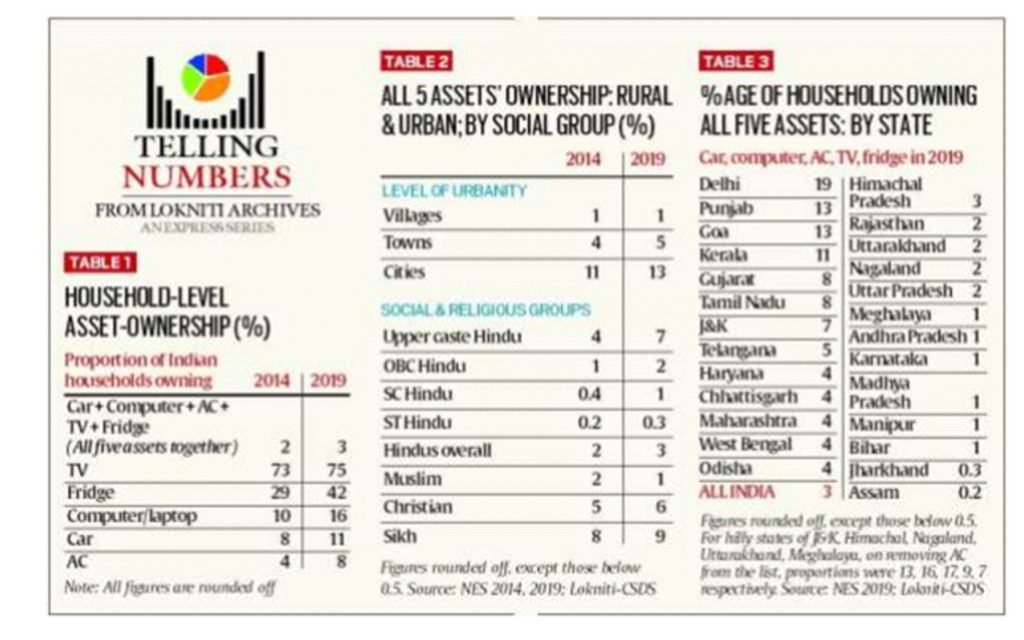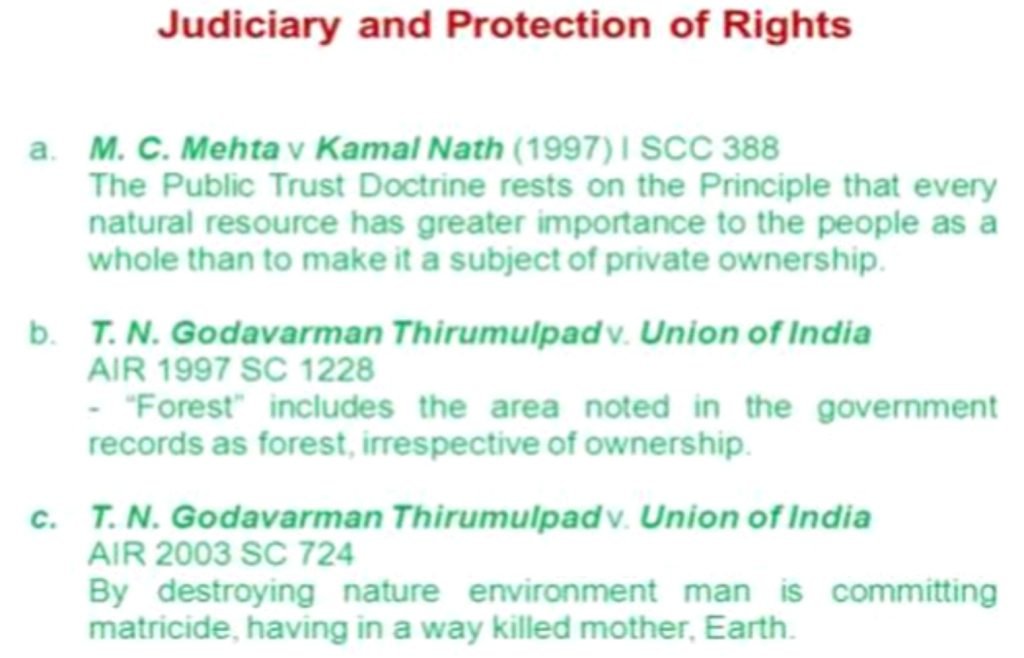Drug Trafficking
GS 3: Internal Security
The Hindu
Context:
- Recently, India-Iran discussed and examined ways and means of mutual cooperation in fighting drug trafficking which accordingly resulted in some positive outcomes.
- The discussion is important because of the seizure of around 3,000 kg of heroin in the Mundra port managed by the Adani Ports.
Consequences:
- The illegal production of drugs in Afghanistan has impacted Iran severely for several decades.
- The geographical location of Iran has turned it into a major transit country for illicit drugs.
- The drug haul also impacted Iran’s trade as the Adani Group declared that containers from Iran, Pakistan and Afghanistan will not be handled at the port from November 15.
- In response to this challenge, the country has built one of the strongest counter-narcotics enforcement capabilities in the region over the years.
- The global trade in illicit Afghan opiates has become one of the world’s greatest transnational drug and crime threats, with severe consequences for health, governance, and security at national, regional, and international levels.
- It is for many decades that narcotic drugs production and organised drug trafficking from Afghanistan has posed a major threat to India and to the world.
Way Ahead:
- Sharp vigil, effective surveillance, source-based intelligence, sensitisation of field officials.
- Public awareness and cooperation.
- Strict actions against the drug cartels including suppliers, peddlers along with consumers.
- Psychological help and Counselling Centres are to be established in each block for helping the drug addicts.
- Keep a Check on Customs and Immigration Points:
- Any country can not control the happenings of foreign nations but isolate itself by filtering the incoming goods and people.
- India can upgrade its customs and Immigration management system to closely monitor the influx of drugs.
- Sealing the porous Land Borders:
- Few major areas of concern are Nepal, Myanmar, and the Pakistan border.
- Such hotspots must be identified with appropriate intelligence gathering and sealed for future infiltration.

Fertilizers
PIB
GS 3: Economy
Context:
- The Cabinet Committee on Economic Affairs (CCEA) has approved that the increased prices of Phosphatic and Potassic (P&K) fertilizers which shall be rolled over for the whole year 2021-22.
About:
- The increased international prices of Diammonium phosphate (DAP) have been absorbed by the Union Government.
- The Union Government has decided to increase the subsidy by Rs. 438 per bag of DAP as a special onetime package so that farmers can get DAP at the same price.
- The increased international prices of raw materials for production of three most consumed NPK grades (10:26:26, 20:20:0:13 and 12:32:16) have been absorbed by the Union Government by increasing subsidy by Rs. 100 per bag on these NPK grades as a special onetime package so that farmers can get these fertilizers at affordable prices.
- The Union Government has brought Potash Derived from Molasses (PDM) under Nutrient Based Subsidy (NBS) scheme for the first time since its inception in 2010 to give a push to its manufacturing by Sugar Mills as a byproduct. This Fertilizer is known as PDM-0:0:14.5:0.
- This move is expected to reduce India’s dependence on 100% import of more than 42 LMT of Mineral based Potash i.e. MOP which cost around Rs. 7,160 crores annually.
- This decision will not only improve the income level of sugarcane growers and sugar mills but also offer Rs. 73 subsidy per 50 kg bag being sold @ Rs 600-800 by Fertilizer Companies to farmers.
- It is expected that the Union Government will spend Rs. 156 crores (approx.) annually as subsidy on PDM and save a foreign exchange of Rs. 562 crores.
Household-level Asset Ownership
The Hindu
GS 1: Society
Context:
- An analysis of asset ownership data at the household level collected by Lokniti-CSDS indicates that no more than 3% of Indian households — that is, 1 in every 33 — own these five assets at the same time.
About:
- Defining Indian households in terms of prosperity has always been a tricky exercise for economists.
- Gauging who can afford the five assets of a car, an air-conditioner at home, a desktop or laptop computer, a refrigerator, and a television set, has been seen as an important indicator of economic well-being in a fast-growing, aspirational economy.
- Apart from bigger assets such as a home or a piece of land, these five assets may be understood as ones that middle-class Indian households typically yearn to possess.
Ownership of assets:
- No more than 3% of Indian households — that is, 1 in every 33 — own all of these five assets at the same time.
- The pace of growth of ownership of these assets has been unexceptional in recent years — five years previously, in 2014, the percentage of households that owned these assets was 2%, or 1 in every 50 households.
Unequal distribution:
- There are major differences in asset ownership among the various social groups.
- Thus, upper-caste Hindu households are seven times more likely to own all the five assets, compared to Dalit (SC) and Muslim households.
- Also, every fifth upper-caste Hindu family travels in a car, as against every twentieth Dalit family.
- Indian households continue to witness persistent inequality in asset distribution. The pattern of asset-ownership varies significantly with how urban the area is.
- As against about 13% of households in cities, only 5% of households in towns, and merely 1% in villages, could boast of having all of the five assets in 2019.

Redefine Forests, and Related Concerns
The Hindu
GS 3: Environment and Conservation
Context:
- Last week, the Ministry for Environment, Forests and Climate Change (MoEFCC) published proposed amendments to the Forest Conservation Act, 1980, easing diversion of forests and exempting certain categories of development from the need to take clearance from the Ministry.
Why is the Act being amended now?
- It has been amended only once before, in 1988. Ministry officials have said the current definition of forests has locked land across the country; even private owners cannot utilise their own property for non-forestry purposes.
- Under the Act, any diversion of any forest land for any purpose, including assignment of leases, needs prior approval of the Centre.

T N Godavarman Thirumulpad v Union of India (1996):
- Supreme Court had expanded the definition and scope of forest land to include all areas recorded as forest in any government record, irrespective of ownership, recognition, and classification.
- Previously, the Act had applied largely to reserve forests and national parks. The court also expanded the definition of forests to encompass the “dictionary meaning of forests”, which would mean that a forested patch would automatically become a “deemed forest” even if it is not notified as protected, and irrespective of ownership.
- The order was also interpreted to presume that the Act is applicable over plantations in non-forest land.
Rationale:
- Ministry officials said the amendment is proposed to “streamline provisions of the Act”. It has said the identification of forest land is subjective and arbitrary and that the “ambiguity” has “resulted into lot of resentment and resistance particularly from private individuals and organisations”.
- The Ministry has also cited “strong resentment in the Ministry of Railways, Ministry of Road, Transport & Highways”, which too require forest clearance. Officials said these clearances usually take several years, in turn delaying infrastructure projects.
Proposed amendments:
- The Ministry has proposed that all land acquired by the Railways and Roads Ministries prior to 1980 be exempted from the Act.
- For individuals whose lands fall within a state-specific Private Forests Act or come within the dictionary meaning of forest as specified in the 1996 Supreme Court order, the government proposes to allow “construction of structures for bona fide purposes’’ including residential units up to 250 sq m as a one-time relaxation.
- Defence projects near international borders will be exempted from forest clearance.
- Oil and natural gas extraction from forested lands will be permitted, but only if technologies such as Extended Reach Drilling are used.
Concerns:
- The relaxation of forest rules will facilitate corporate ownership and the disappearance of large tracts of forests.
- About the exemption of forests on private land, even former forest officials said many forests will disappear. For instance, 4% land in Uttarakhand falls under private forests.
- What will happen to tribals and forest dwelling communities — an issue the amendments do not address.
- Exemption for Roads and Railways on forest land acquired prior to 1980 will be detrimental to forests as well as wildlife – especially elephants, tigers, and leopards.
- One time exemption for private residences on private forest will lead to fragmentation of forests, and open areas such as the Aravalli mountains to real estate.

